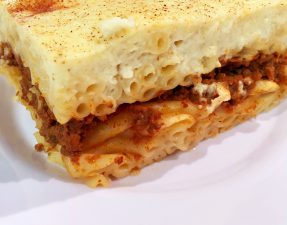Hydration refers to the ratio of water to flour in the dough, expressed as a percentage. Understanding and controlling hydration is crucial for creating the perfect pizza crust. Here’s why hydration is important in pizza dough:
Importance of Hydration in Pizza Dough
- Texture and Crust Quality:
- High Hydration (65-80%): Produces a lighter, more open crumb with larger air pockets, resulting in a chewier, more artisanal crust. This is typical for Neapolitan and Roman-style pizzas.
- Low Hydration (50-60%): Leads to a denser, tighter crumb structure, producing a firmer and more bread-like crust, commonly found in New York-style pizzas.
- Fermentation and Flavor:
- Higher hydration doughs generally ferment more effectively, as the increased water content allows the yeast to move and grow more easily. This results in a more flavorful crust with a slight tang from the fermentation process.
- Elasticity and Handling:
- Proper hydration ensures the dough is elastic and extensible, making it easier to stretch and shape without tearing. This is vital for achieving a thin, even crust.
- Baking Performance:
- High hydration doughs create steam during baking, which helps achieve a crispy outer crust while maintaining a tender interior. This steam also contributes to the formation of desirable blisters and char on the crust.
- Moisture Retention:
- Adequate hydration helps the dough retain moisture, preventing it from drying out during baking. This results in a crust that remains soft and chewy rather than becoming overly hard or brittle.
Explaining Hydration to Others
When explaining hydration to others, you can use the following points:
- Definition and Ratio: Explain that hydration is the amount of water in relation to the flour in the dough, usually expressed as a percentage.
- Impact on Texture: Describe how different hydration levels affect the texture and quality of the crust, highlighting the difference between a light, airy crust and a denser, firmer one.
- Fermentation Benefits: Emphasize how higher hydration can enhance the fermentation process, leading to a more flavorful and aromatic crust.
- Ease of Handling: Mention that well-hydrated dough is easier to stretch and shape, making it more user-friendly for home bakers and professionals alike.
- Baking Results: Illustrate how hydration influences the final bake, including crust color, crispiness, and overall appearance.
By understanding and controlling hydration, you can customize your pizza dough to achieve the desired texture, flavor, and appearance, resulting in a perfect pizza every time.


















